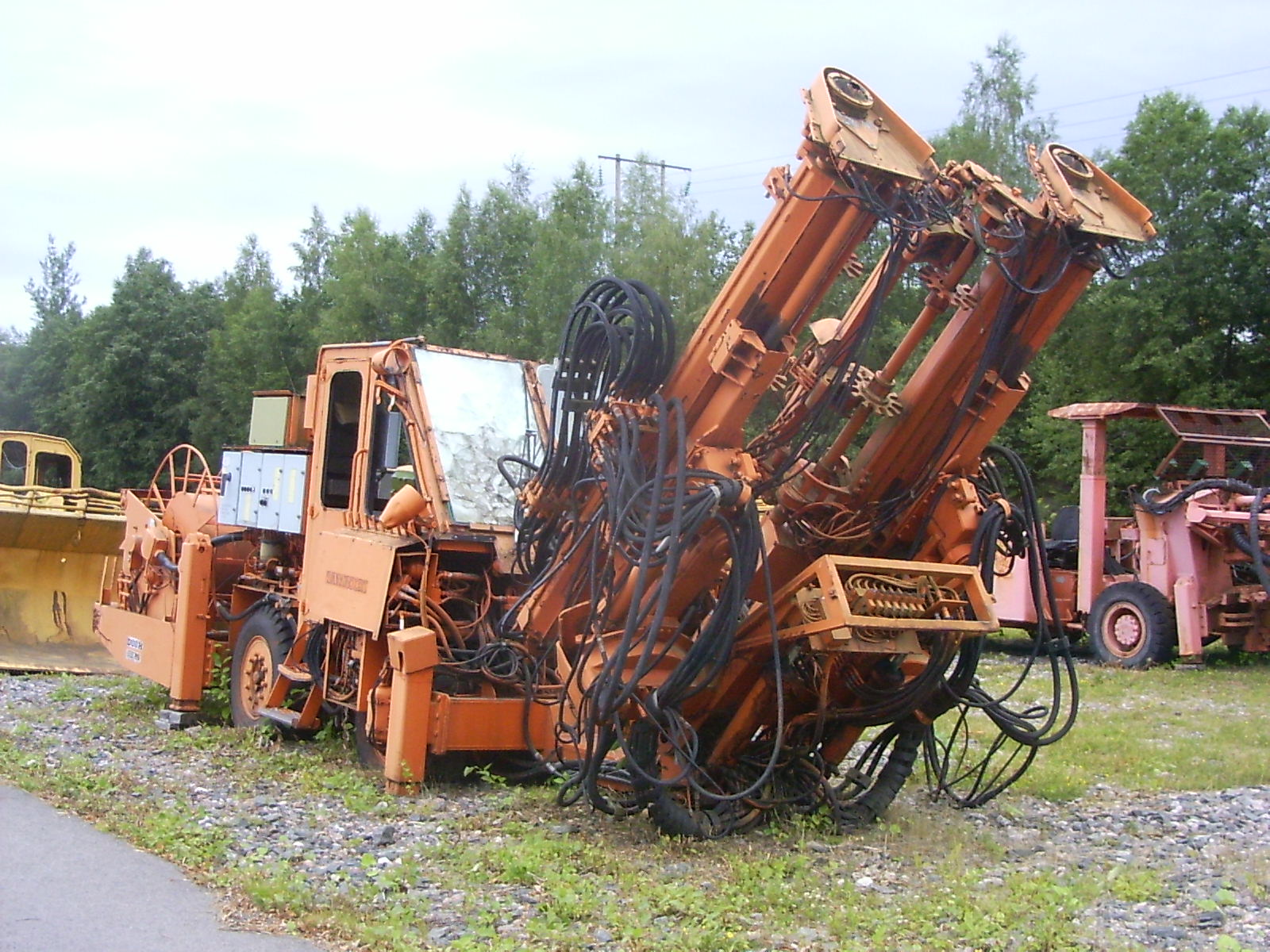The environmental consequences of buying or selling a gold claim is basically the same as they are for any other piece of commercial property. If the sale is between two parties without any money coming from a bank or other mortgage company the sale can go forward with no environmental work other then a due diligence investigation that should be undertaken in the name of buyer prudence. If it requires any bank or other source of financing they will in the normal course of business require at least an Environmental Site Assessment Phase I of the property. If there are no environmental infractions present the Phase I assessment will suffice. If environmental infractions are discovered in the Phase I assessment will have to be addressed using a Phase II assessment that is used to determine if in fact an environmental infraction has occurred using samples of soil and ground water taken from the site.
An example of acid mine drainage. |
If it is determined from the results of the Phase II assessment the environmental investigation will proceed to a Phase III assessment that determines the extent of the environmental infraction and develop a plan for remediating the infraction.
The final step of the remediation process where various techniques are used to eliminate the infraction. Some of these processes involve the removal of contaminated soil from the site and placing it in a secured landfill. If the contaminant is an organic chemical the offending chemical can be removed by igniting the soil in a special furnace or incorporated into blacktop. Ground water is usually remediated by passing it through filters or an ion exchange resin, and is often pumped back into the ground using an injection well.
When mining equipment is abandoned it becomes a source of environmental contamination. |
The law concerning environmental issues varies according to location. In the United States United States
The most likely contaminants to be released into the environment resulting from mining activity is petroleum products caused by equipment failure or leaking underground storage tanks. Further contamination can be caused by the chemicals used to process gold ore including cyanide and mercury. In its aftermath mining can also cause environmental contamination by acid mine drainage and heavy metal salts.
An aerial view of the Big Pit at Kalgoorlie, Australia showing heaps of mine tailings. |
This document was prepared from knowledge gained in over thirty years by the author in conduction Environmental Site Assessments and directing numerous remediation projects involving commercial and industrial properties. In addition the author is certified by the State of Connecticut
This is not to be construed as legal advice as we are not attorneys; consult with a lawyer in your jurisdiction for any legal opinions.
Copyright 2011 by John Carter all rights reserved.



No comments:
Post a Comment